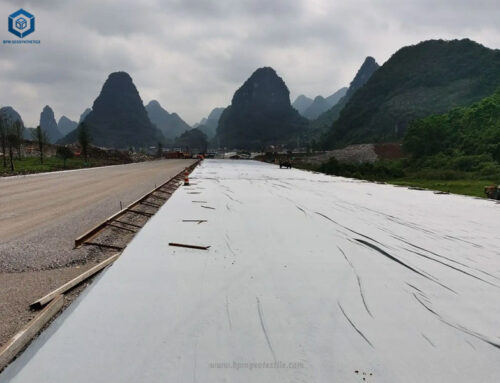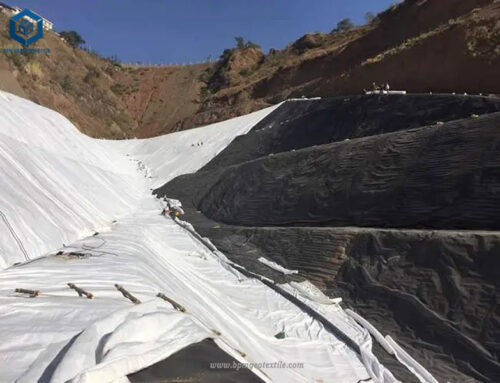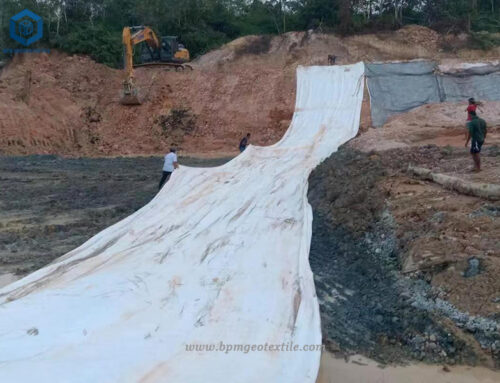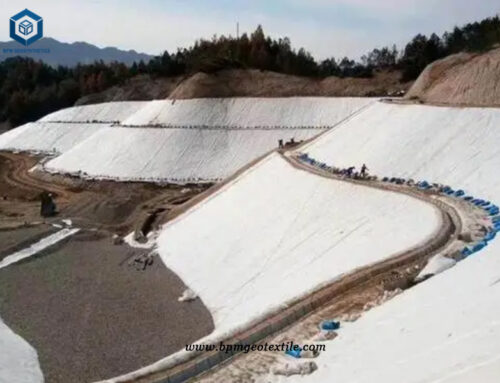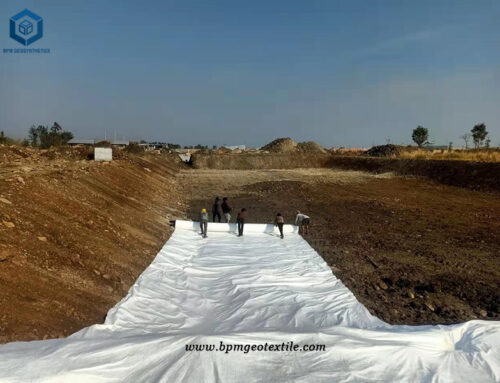PP geotextile, also called short fiber nonwoven geotextile fabric, is often made from polypropylene or polyester fibers processed by woven, needle-punched or heat-bonded methods. short fiber needle punched geotextile fabric is made from 100% virgin staple polypropylene fibers that are tangled and interlocked with each other by needle-punching process. PP geotextile is increasingly used in geotechnical and geoenvironmental engineering applications to perform various functions such as separation, filtration, drainage, protection and reinforcement. BPM PP geotextile offers optimum performance per unit weight which features high tensile strength and puncture resistance, good acid and alkali resistance, excellent drainage and anti-aging properties, etc. Our geotextile liner products include filament nonwoven geotextile, short fiber needle punched geotextile, PP non woven geotextile fabric, etc.
What are the characteristics of PP Geotextile?
PP Geotextile, short for Polypropylene Geotextile, is a type of geosynthetic fabric made from polypropylene fibers. It is used in a variety of civil and infrastructure engineering projects for soil reinforcement, separation, filtration, protection, and drainage.
- Chemical Resistance: Polypropylene is highly resistant to chemical attack, making geotextile suitable for use in contact with many chemicals, including acids and alkalis, and in waste management applications.
- UV Resistance: While polypropylene itself is susceptible to UV degradation, geotextiles often include UV stabilizers during the manufacturing process to enhance their durability when exposed to sunlight.
- Abrasion Resistance: Geotextiles have good abrasion resistance, which is important when they are used as a protective layer or in locations where there is movement of soil or aggregate.
- Permeability: These fabrics are permeable, allowing water to flow through while preventing soil particles from being washed away, making them effective for filtration and drainage applications.
- Temperature Tolerance: Polypropylene has a relatively high melting point, offering thermal stability within the temperature range typically encountered in civil engineering projects.
- Lightweight: Geotextiles are lightweight, which makes them easier to handle and install compared to heavier materials.
- Tensile Strength: They possess good tensile strength, both in the machine direction (MD) and the cross-machine direction (CWD), providing reinforcement to soil structures.
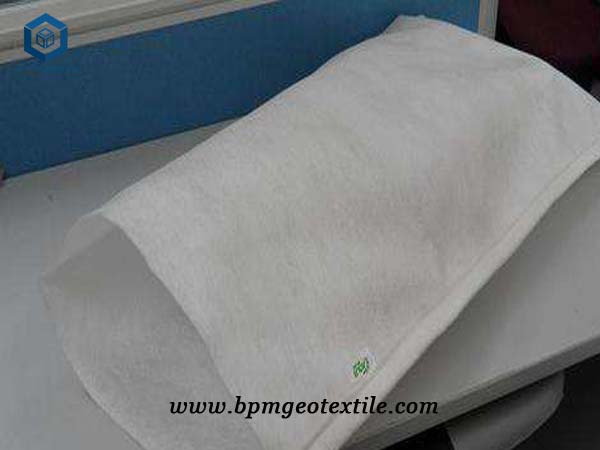
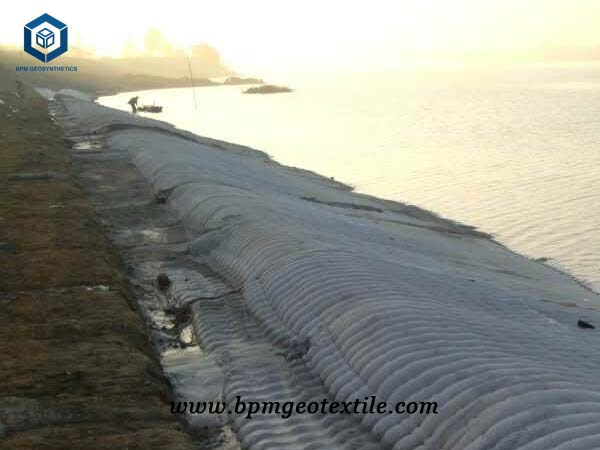
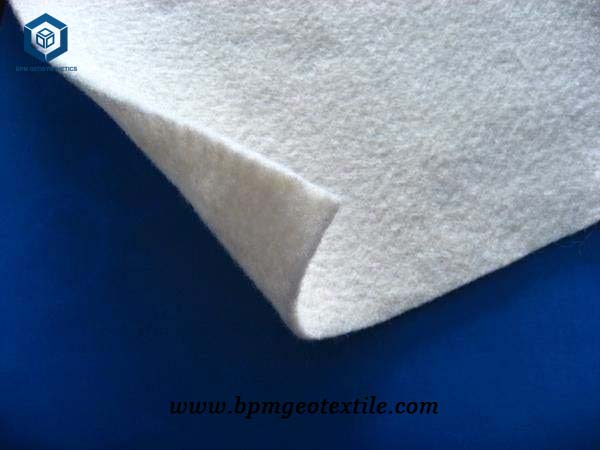
Case Study Of PP Nonwoven Geotextile
The PP nonwoven geotextile membrane includes at least one layer of fluid pervious material, and a plurality of dam attached to the surface of the pervious material.
Our Philippines customer obtained a flood control dam construction project. We recommend them PP geotextile as the best choice. We sent our sample, its function and laying process to our customer. After many times of communication, the customer finally accepted our suggestion. They confirmed the quality of our non woven geotextile membrane finally and placed an order.
Specifications of PP Geotextile for Flood Control Dam Construction in Philippines
• Total quantity – 100,000 m2
• Each roll size –6m×50m
• Weight – 400gsm
About BPM
BPM had provided many types of effective and states of the art geomembranes, geotextile and other geosynthetics to over 100 countries.
BPM is also providing professional design and installation service. OEM and ODM are also available. If you have any questions or inquiries, please fill and submit the following form, we will reply as soon as possible.

